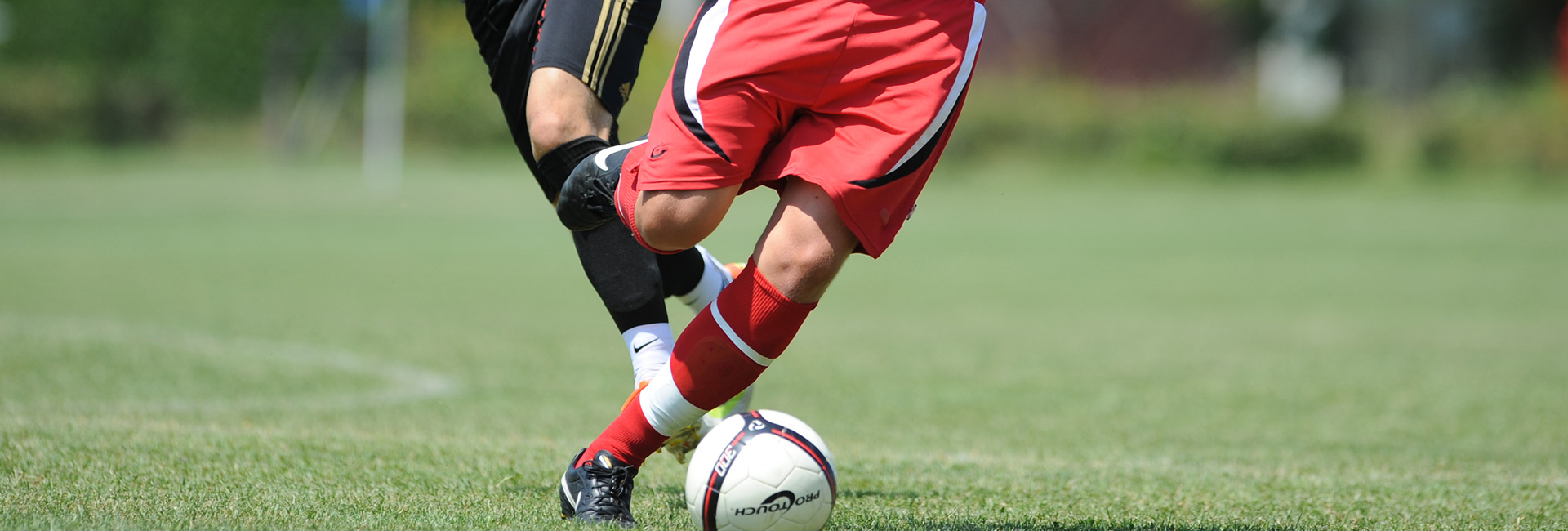At the elite level, approximately one in five male soccer players suffer from a groin injury during each season and up to 40 percent experience an absence from the sport for more than 28 days (Harøy, 2019; Ishøi, 2016). Decreased hip adduction strength and a greater-than 20 percent deficit in eccentric strength of the hip adductors has been linked to an increase in risk of groin injury and pain (Harøy, 2019). Proper kicking mechanics utilize the hip adductors (primary groin muscles) in a lengthened state which increases their load under tension and vulnerability to injury.
About the adductor longus muscle:
The adductor longus muscle is the biggest of the groin muscle group and most prone to injury in soccer. The Copenhagen Adductor exercise requires significant effort and training of the adductor longus muscle. This exercise has shown considerable changes in hip adduction eccentric strength, when following a standardized protocol (Ishøi, 2016). Kicking is the most frequent injury mechanism for acute groin injuries (Harøy, 2019). The groin muscles are used mostly during the swing phase of kicking and are at the greatest risk of injury when the athlete begins to bring the leg forward towards the ball (going from eccentric to concentric contraction) (Charnock, 2009). Groin muscles also require good strength and are at risk of injury during a 50/50 tackle against the opponent.
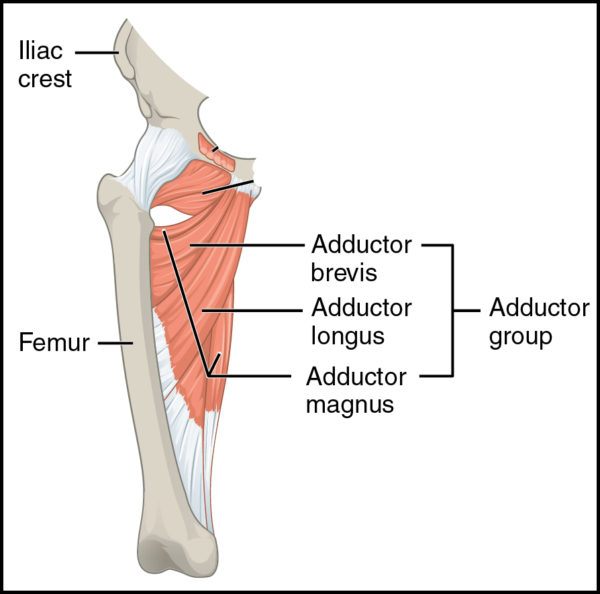
The Copenhagen Adductor exercise strengthens the adductors close to their position of vulnerability, is easily recreated by the athlete, and is minimally time-consuming. It is recommended to start an adductor training protocol prior to the training season if possible, and for best results should be continued throughout the competitive season. An 8-week supervised training program of the Copenhagen Adductor exercise demonstrated a 35.7 percent increase in hip adduction eccentric strength (Ishøi, 2016). Additionally, a 20 percent increase in hip abduction eccentric strength was shown following this same protocol, which is an important component to decrease risk of knee injury in soccer players (Ishøi, 2016). Most notably, self-reported prevalence and risk of groin problems were reduced when a single adductor exercise with high compliance was completed as part of a preseason program (Harøy, 2019).
Performing the Copenhagen Adductor Exercise
Performing the Copenhagen Adductor exercise requires the support of a partner holding at the knee and the ankle while the athlete supports themselves on their elbow in a side plank position. The player then brings their bottom foot up to touch the top foot, and then return towards the ground in a controlled manner. Correct technique includes no side flexion of the upper body and maintaining a straight bottom leg. A high level of adductor strength is required with the Copenhagen Adductor exercise. While this specific exercise has been most researched, there are benefits to performing any hip adductor strength program.
Performance of a lower level adductor exercise initially may be appropriate for some athletes. If an exercise cannot be performed with correct technique, is painful during the exercise, or leaves an athlete with pain for 1-2 days afterwards then this exercise is too much. If the Copenhagen Adductor exercise is too difficult initially, consider performance of concentric hip adduction in side lying, or an isometric side plank hold (see photos below). Delayed onset muscle soreness (DOMS) can be expected after beginning a new strength program. This would leave an athlete with increased muscle soreness a few days after performance and is a normal response.
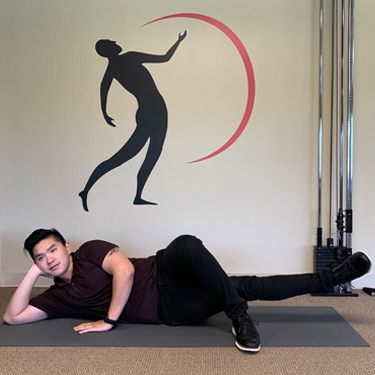
Level 1 – targeted toward younger athletes
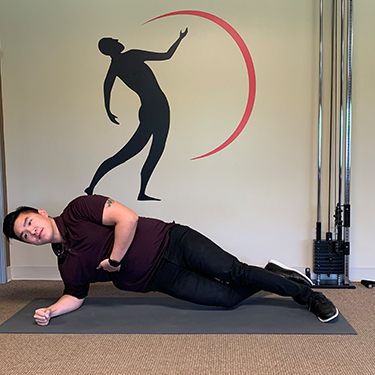
Level 2 – targeted toward intermediate age athletes
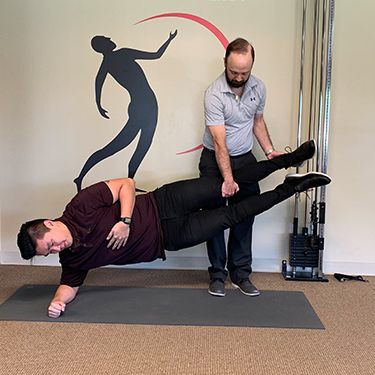
Level 3 – targeted toward older athletes
All of the above levels should follow the below progression,
but modifications are recommended to make sure dosage is appropriate for individual athletes.
Preseason:
- Week 1
Two times a week 1 set of 3-5 per leg
- Week 2
Three times a week 1 set of 3-5 per leg
- Weeks 3 & 4
Three times a week 1 set of 7-10 per leg
- Weeks 5 & 6
Three times a week 1 set of 12-15 per leg
- Weeks 7 & 8
Two times a week 1 set of 12-15 per leg
During season:
One time a week 1 set of 12-15 per leg
Start your journey to pain-free living today.
Our experts are committed to providing effective, efficient, and compassionate care to help you live a pain-free, active life. Our passion is to help every patient reach their goals on their journey to recovery and optimal performance.


References
B. Charnock, C. Lewis, W. Garrett JR., R. Queen. Adductor longus mechanics during the maximal effort soccer kick, Sports Biomechanics. 2009;8(3):223-234
J. Harøy, D. Pope, B. Clarsen, E.G. Wiger, M.G. Øyen, A. Serner, K. Thorborg, P. Ho¨lmich, T.E. Andersen, R. Bahr . Infographic. The Adductor Strengthening Programme prevents groin problems among male football players. British Journal of Sports Medicine. 2019;53(1):45-46
L. Ishøi, C.N. Sørensen, N.M. Kaae, L.B. Jørgensen, P. Hölmich, A. Serner. Large eccentric strength increase using the Copenhagen Adduction exercise in football: A randomized controlled trial. Scandinavian Journal of Medicine & Science in Sports. 2016;26(11):1334-1342
J. Harøy, K. Thorborg, A. Serner, A. Bjørkheim, L. Rolstad, P. Hölmich, R. Bahr, T.E. Andersen. Including the copenhagen adduction exercise in the FIFA 11+ provides missing eccentric hip adduction strength effect in male soccer players: A randomized controlled trial. The American Journal of Sports Medicine. 2017;45(13):3052-59
